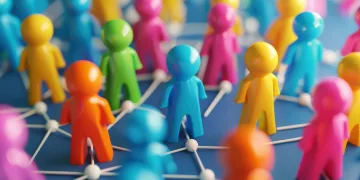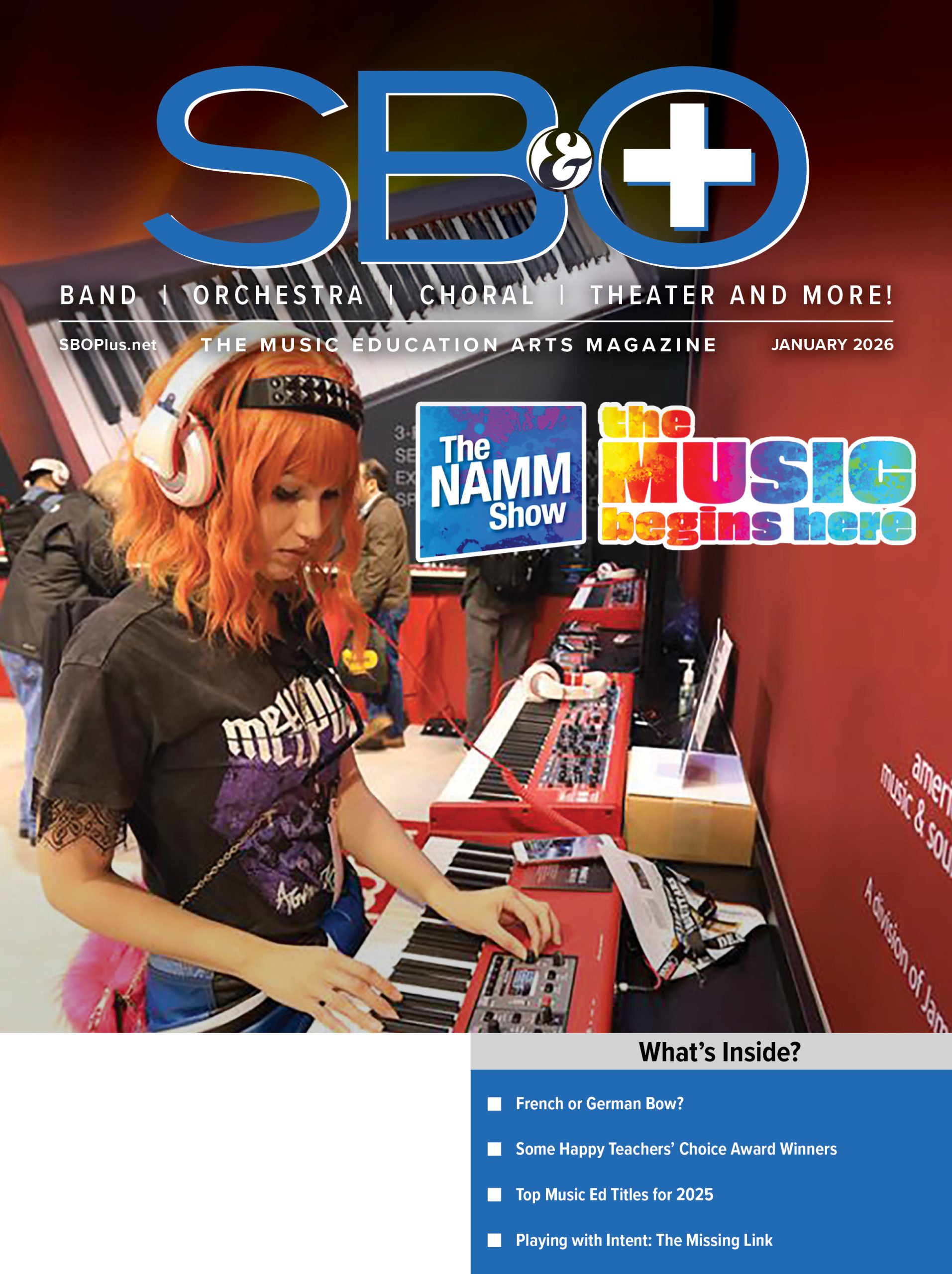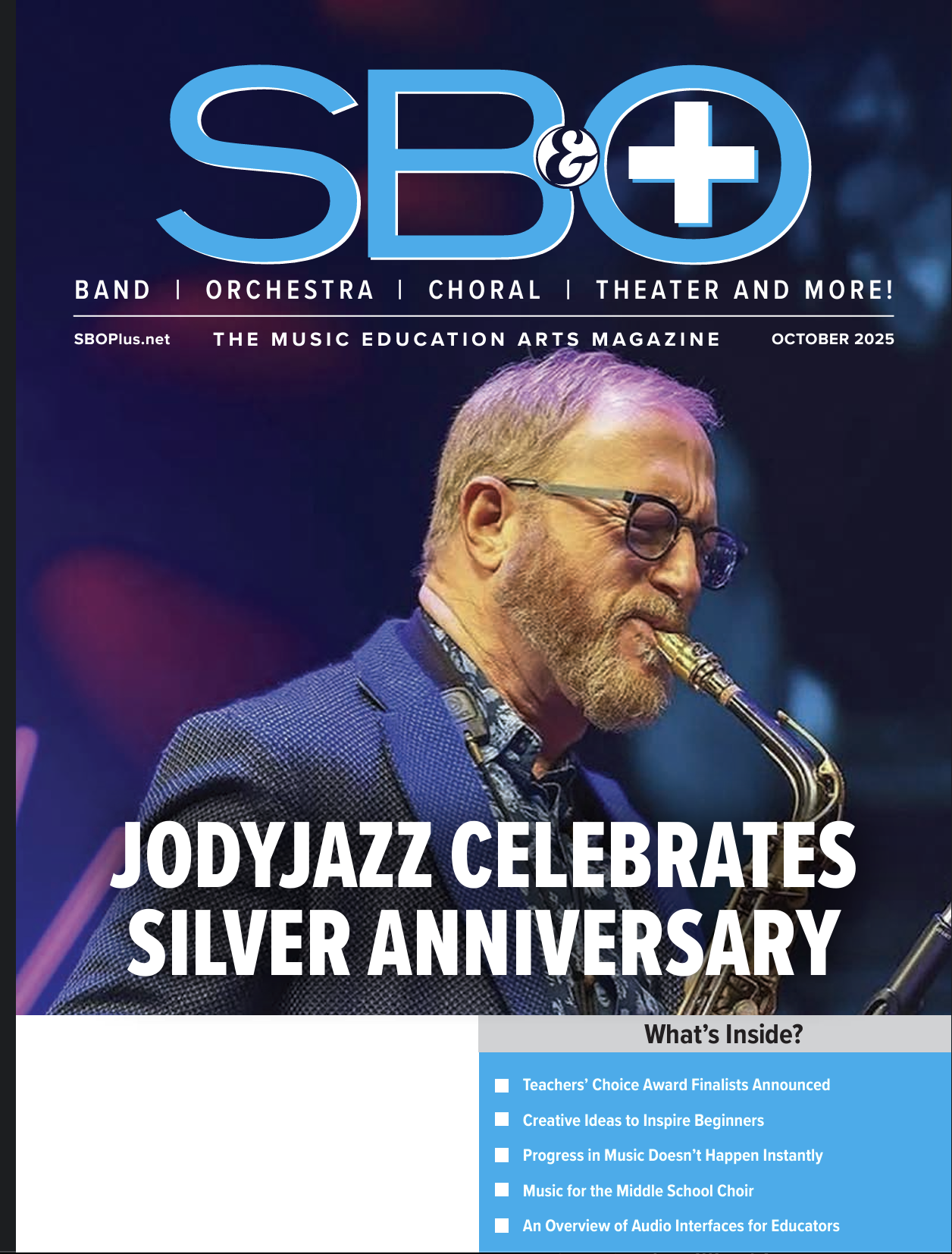By Lisa Canning
As music educators, we know the transformative power of music education. It enriches the lives of our students and strengthens our communities in profound ways. To help our music programs thrive we must reach beyond the traditional boundaries of our music circle. Engaging those who may feel like outsiders to the music community is essential for creating a vibrant, supportive environment for musicians of all levels. Here are some strategies to effectively engage them.
The Importance of Inclusivity in Music Education
In many cases, individuals who are not directly involved in music might not realize how much they can contribute to the music community. This lack of awareness often stems from a disconnect between musicians and non-musicians. By actively seeking to bridge this gap, educators can foster inclusivity, making the music community accessible and inviting for everyone.
Strategies for Community Engagement
Here are several actionable steps educators can take to increase engagement from those outside the music circle:
- Promote and Attend Local Events:
One of the simplest yet most effective ways to engage the community is to promote local music events and attend them. Engage your students to earn extra credit for being ambassadors and to learn to network, if you can’t do it yourself. By sharing information about concerts, recitals, and community gatherings at events you usually don’t attend, you can increase opportunities for those outside your music circle.
Don’t underestimate the power of consistent social media posting, newsletters, or community boards. Educators can help generate interest and attendance and create opportunities for their students to demonstrate leadership by putting them in charge. Encourage students to lean-in and invite friends and family, fostering a sense of community around music. When local events are well-attended, it sends a powerful message to young and old musicians alike that their talents are valued and supported. Equally the community becomes more aware of why music matters and is more inclined to keep showing up.
- Volunteer and Collaborate with Local Organizations:
Create an outreach advocacy group in your district that includes band parents, local business owners, and volunteers. Empower this group to reach out to adjoining school districts, community groups and events, as well as music organizations to discover how you can create more collaborative opportunities. The advocacy group you create can help educate others about the impact of music while strengthening community ties. Consider organizing joint events or workshops that are open to non-musicians, where they can learn about instruments, music history, or the art of performance. Making these musical spaces accessible to all can ignite interest and foster curiosity.
- Support Local Musicians and Businesses:
As educators, you can lead by example in supporting local musicians, independent record shops, and other music-related businesses. Encourage your students and their families to purchase merchandise, concert tickets, or even to prioritize local musicians for events and gatherings. Advocacy for local talent not only boosts the economy but establishes a culture that values music as part of community identity, transcending K-12.
- Create Welcoming Spaces for All:
Hosting inclusive events such as open mic nights or jam sessions can create welcoming environments for community members of all ages and skill levels. Regularly inviting non-musicians to participate in these activities can foster a sense of belonging. Consider creating multi-genre events that cater to diverse musical tastes, encouraging a wider range of participants. Establish a culture of fun and informal learning, where the focus is on sharing and community rather than technical proficiency.
- Advocate for Music Education:
Many individuals outside the music community may want to support music education but do not know how. You can ask to present at your local chamber of commerce and advocate for their participation in your music program. Offer them free tickets for employees and opportunities to sit in a rehearsal among students to learn what creating excellence in music is all about. Arrange presentations or informational sessions that outline the benefits of music education—both academically and socially and find opportunities to talk about it in places one might not expect. Highlight the importance of maintaining funding for music programs and the vital role of community support in achieving these goals. Reaching out to community leaders and key community organizations can lay the groundwork for additional resources aimed at bolstering music education.
- Use Social Media Effectively:
Harness the power of social media to build connections and share your mission. Regularly post content about musical achievements, upcoming events, and community highlights. Create interactive campaigns prompting students and community members to share their music experiences, thoughts, and stories. Engaging content will help foster conversations that include those who may not usually participate in the musical community.
- Encourage Feedback and Communication:
Invite students and music community members to share their thoughts and experiences regarding music in writing, on video, or in a board meeting. Create surveys or host informal meetings to gather insights about what those who are interested in supporting you would like to see in your music programs. Understanding their perspectives can offer valuable guidance on how to tailor events or initiatives that will resonate with a broader audience and build a stronger base of support for music in your community.
- Share Personal Stories:
Personal stories can resonate deeply with community members and help them connect emotionally with the music community. Encourage students, educators, and local artists to share their journeys with music and what it has meant to them. Sharing these narratives helps demystify the barriers and invites those outside the musical circle to consider their own relationship with music, whether it’s through listening or participation.
Conclusion
By implementing these strategies—you can help foster a love for music that extends beyond the classroom and into the wider community.






























